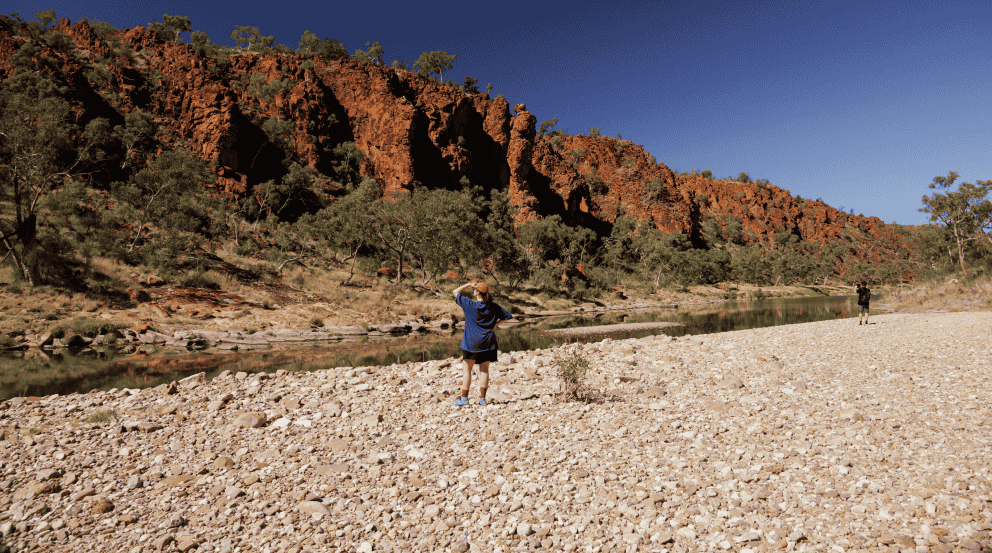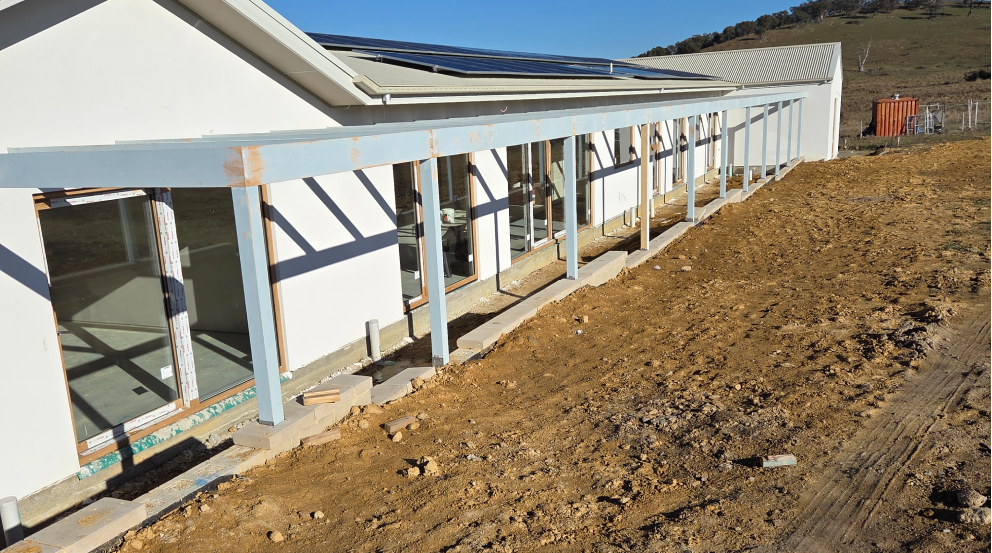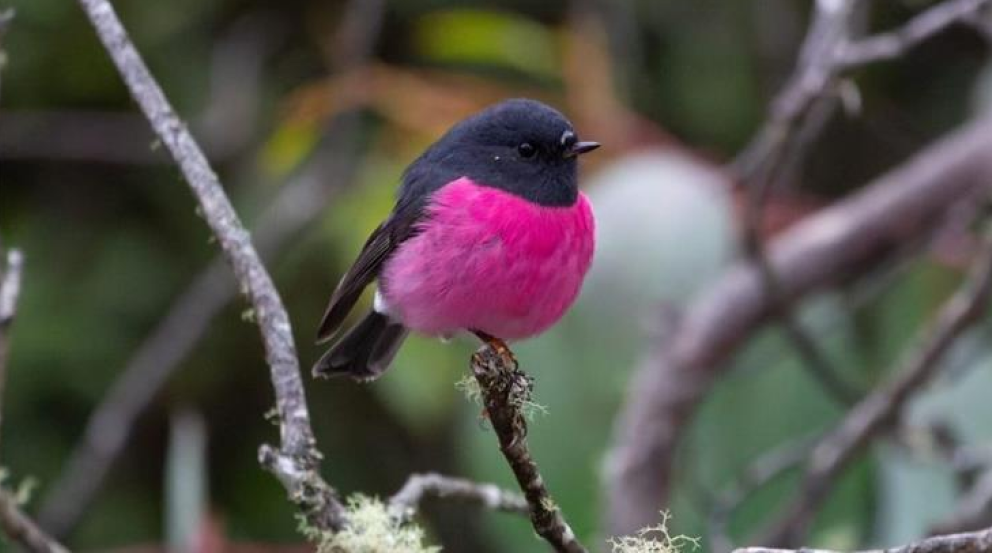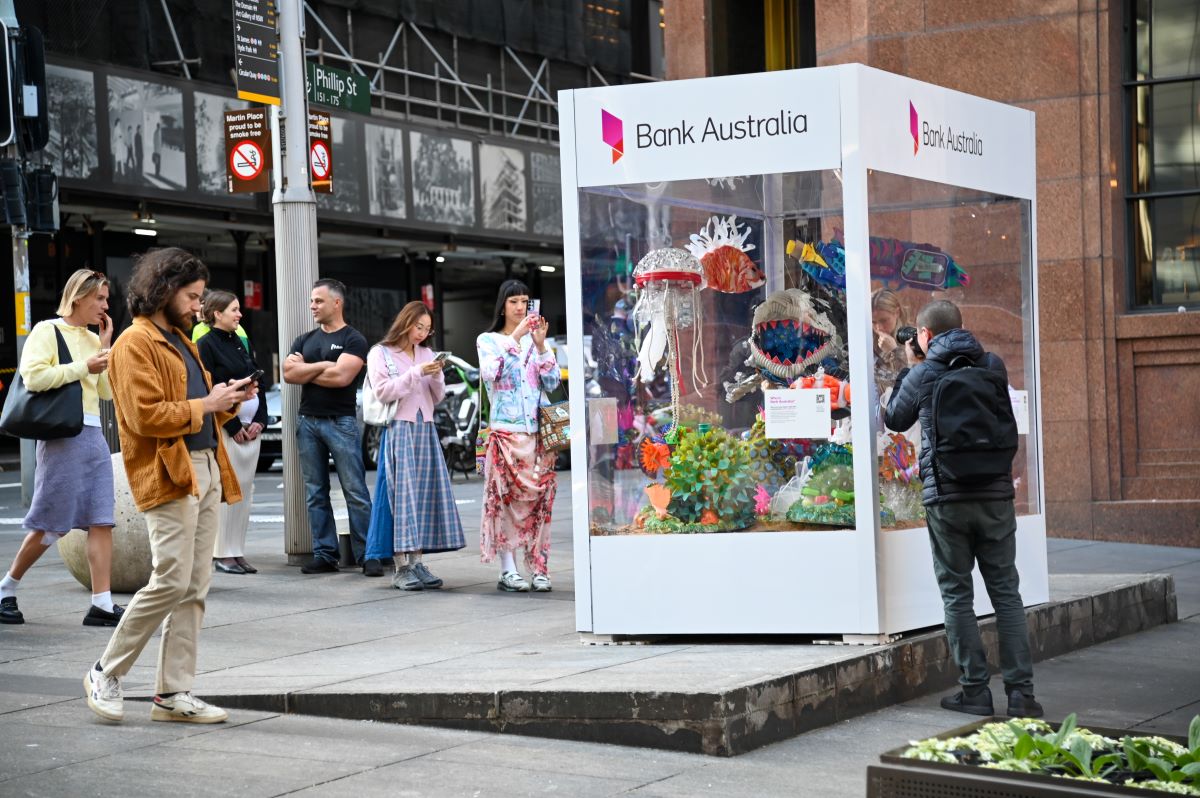If you go down to the woods today, you’re in for a big surprise: a nature-first housing development that’s helping homeowners live in harmony with the natural world. And it’s only 20 kilometres from Melbourne CBD.
Housing development. Two words that, historically speaking at least, have been about as close to the antithesis of conservation as you’re likely to find. Wherever houses have gone up, nature has invariably come down.
But what if we told you that there’s a place where people are building houses that not only preserve nature, but prioritise it above all else? A place that’s only 20 kilometres from Melbourne CBD, and offers lots surrounded by bushland, houses made from renewable materials that boast 7.5-star energy efficiency ratings, solar power and rainwater tanks for domestic use…
That place is Mullum Creek.
The brainchild of Steve, Danny and Sue Mathews, three siblings who are all heavily involved in environmental issues both personally and professionally, Mullum Creek is a residential housing development (and Bank Australia customer) with a big difference. The trio own the Mullum Creek land and with the help of environmental experts, project managers and designers, have overseen the entire project, from civil works and landscaping, to ensuring the individual homes on the estate are built in line with their vision and objectives.
The Mathews’ parents settled the Mullum Creek land in the 1950s. When it was rezoned for residential purposes by the Board of Works in 1972, the siblings knew that they had to take action to ensure their slice of paradise wasn’t lost to developers. “The whole family shares a love for and commitment to the environment,” explains Steve Mathews. “We all wanted to ensure that the land, our rural paradise, retained as many as possible of the features that we enjoyed and loved when we all lived there.”
Finance to help with construction of the Mullum Creek development has come from Bank Australia. ”After dispiriting discussions with our historical bank (one of the Big 4) we were very happy to find that Bank Australia understood the project straight away,” says Steve. “They’ve been really easy to deal with – and we knew we’d made the right choice when we learned of Bank Australia’s offsetting and covenanting activities.”
The site covers some 20 hectares next to the Mullum Mullum Creek in Donvale, Victoria, and incorporates 56 housing lots. Most of the lots have already been sold. Since the rezoning of the land in the ‘70s, the Mathews family have made good on their promise look after it.
Some 45% of the land – complete with remnant vegetation and stream-side habitat – has been donated to the local council to be rolled into the Mullum Mullum Creek Linear Park. This was achieved by obtaining planning permission to create smaller lots, which allowed that large percentage of land to be left untouched.
Elsewhere, the trio have ensured “as many environmental initiatives as possible” have been integrated into the Mullum Creek philosophy. Whether that means limiting greenhouse gas emissions, using renewable materials when building houses, or requiring the use of solar and better water management – the Mathews family have done everything in their power to lessen their impact.
A big part of the Mullum Creek offering is assisting prospective home builders with ensuring they build the most sustainable home possible. “Our design and building experts, led by architect Paul Haar, have researched and prepared a number of guides, which provide information to help lot owners and their builders meet the obligations required to build at Mullum Creek,” says Steve. “These include guides on sustainable timbers, insulation of concrete slabs for improved thermal efficiency, and sourcing lower-impact cement and clay products.” A Design Review Committee is employed to work with lot owners to ensure their designs meet the Mullum Creek guidelines before they seek Council approval, and to help them make sure important elements don’t get lost during the building process.
While sustainability and having as little impact as possible is their goal, it’s also been important for Steve and his siblings to keep in mind the simple fact that they also need to create an environment in which people actually want to live. “We’re trying to create a beautiful contemporary residential development that’s a real place, that is located in and expresses the site's geology, landforms, flora and fauna, as well as its human heritage,” says Steve. “Hopefully the residents and the children growing up in this environment will feel a real connection to it.”
While people don’t often think of private land as something that needs to be protected, private landholders actually manage some three-quarters of Australian land, a fact that makes conservation of that land very important indeed. Of course, the Mathews family weren’t obliged to treat their land as well as they did. In fact, if they’d chopped it up and sold it off, they could’ve made a lot of money from it (“and gone through a lot less stress,” says Steve). It’s a noble decision – one that is slowly becoming increasingly common in Australia.
The Mathews’ approach is part of what’s known as ‘private land conservation’, a movement which represents a shift in the traditional ways landowners view their property. Instead of just seeing the dollar bill value of a piece of land, private individuals are increasingly taking it upon themselves – with the help of organisations such as Trust for Nature – to place covenants on their land and ensure it’s protected forever. In Victoria alone, some 1400 families have protected over 64,000 hectares of land in this way.
“Permanent protection through covenanting is essential if we are to retain the incredibly valuable and gorgeous landscapes, habitats, plants and animals that make our state unique and marvellous,” says Steve. “We depend on the natural world and nature for not only our life support systems – clean air, fresh water, clean soil, plants and animals – but also for physical, mental and emotional wellbeing.”
If you think it sounds too good to be true, it might be worth paying a visit.
As a customer owned bank, we believe it’s important to use our customers’ money in responsible ways, like lending to sustainable, affordable and community-focused housing and land developments. By choosing to bank with Bank Australia you can be confident your money is working to create a positive impact for people and the planet. Find out more.








